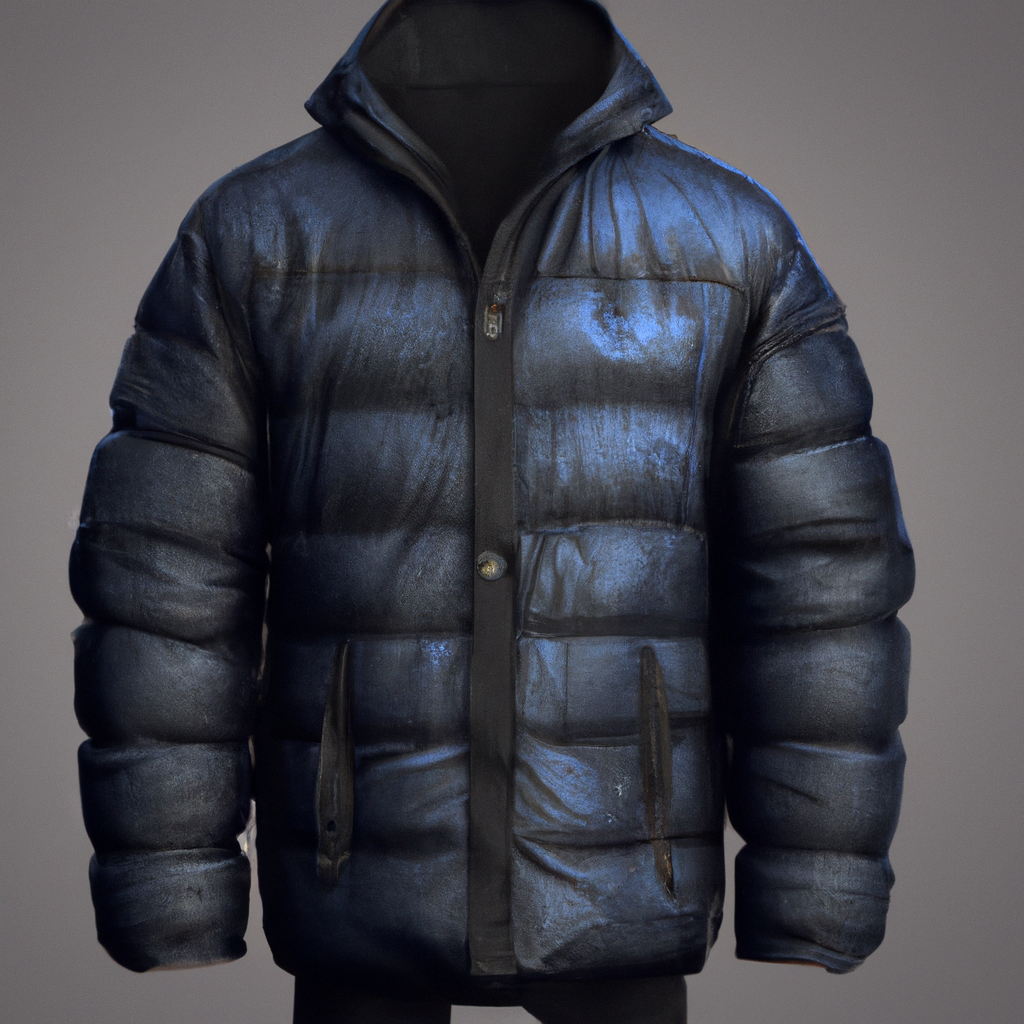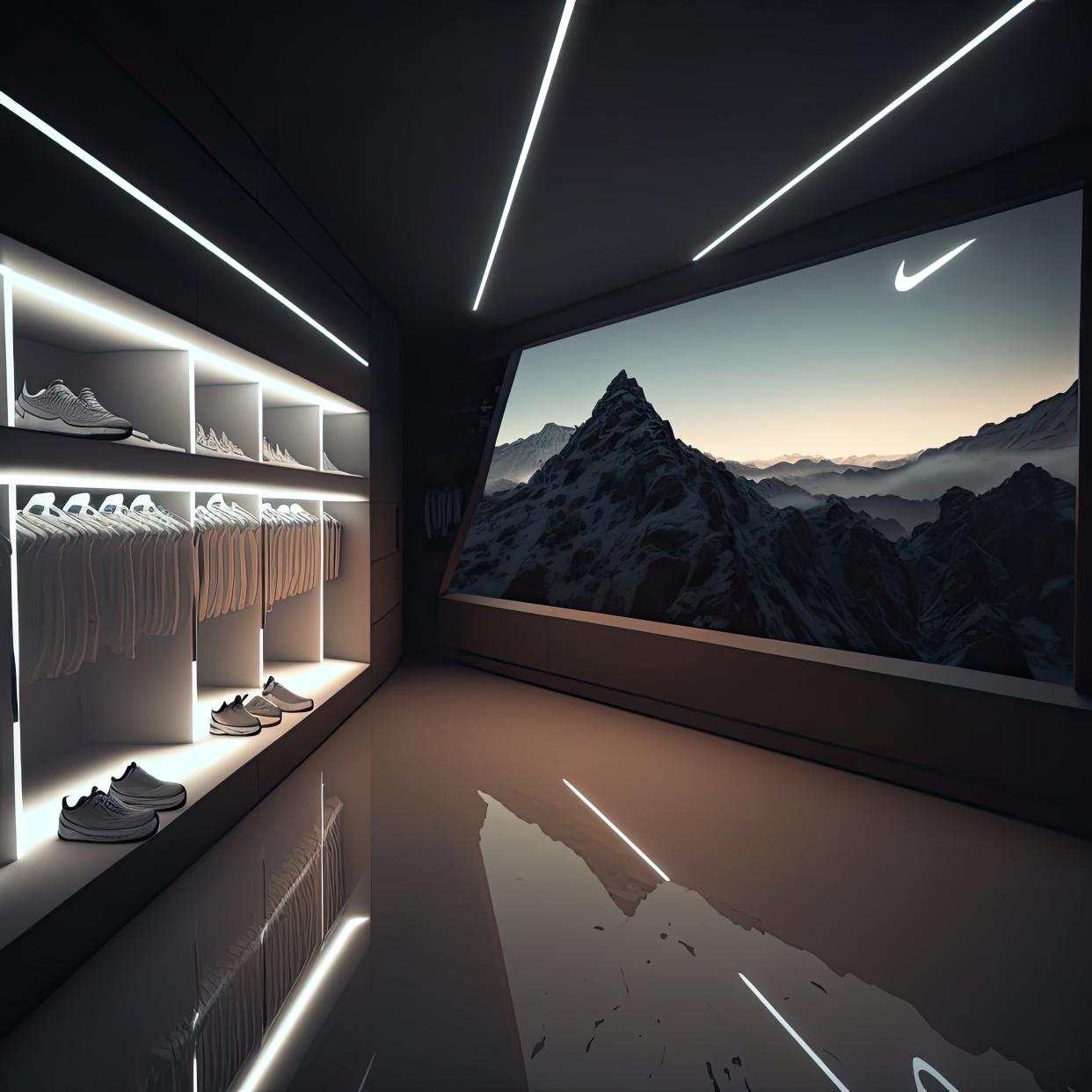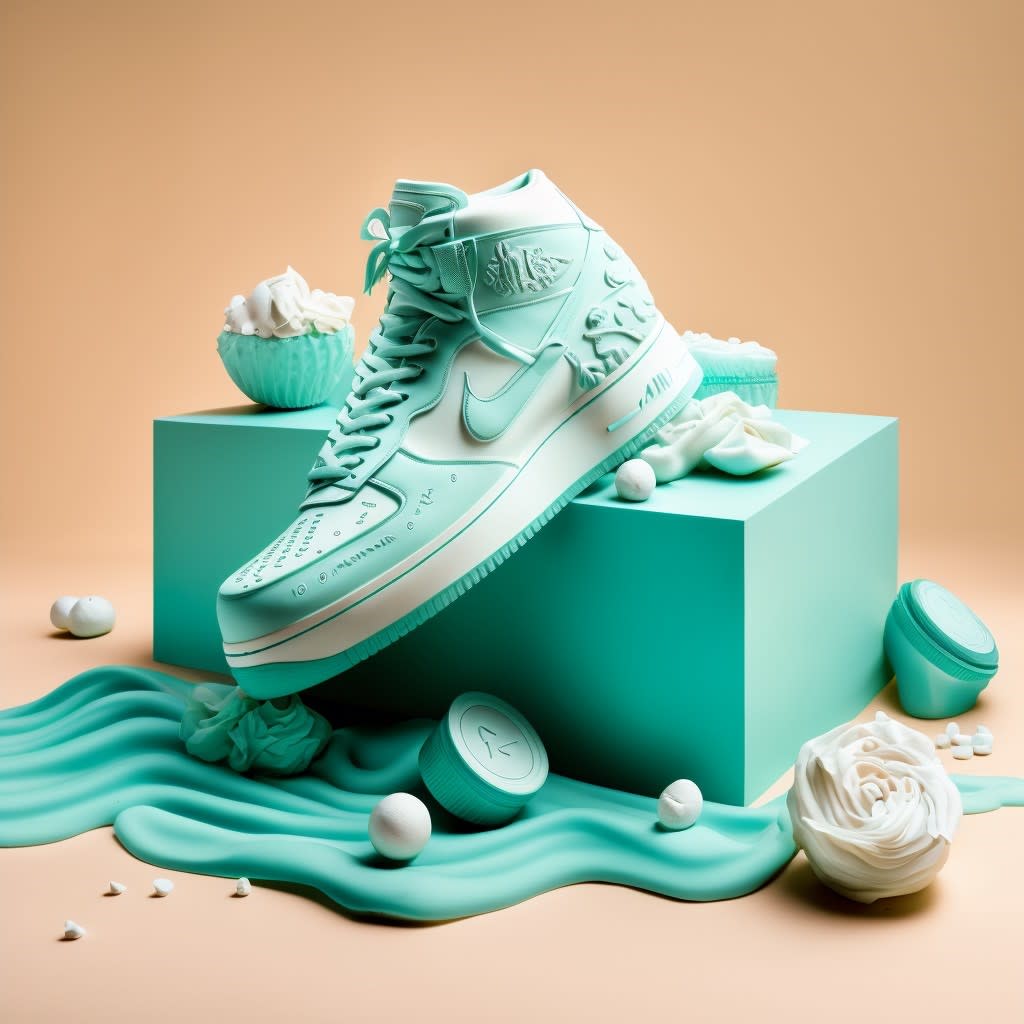PARIS — The race to create new artificial intelligence tools promises to revolutionize the fashion industry, from product design to brand communication — but will computers eventually replace creatives?
Underpinning the competition between tech giants is a new era of “generative AI,” a creative artificial intelligence that starts from a prompt and produces original output, like ChatGPT, which is capable of generating elaborate written responses on the basis of a few words.
More from WWD
The technology has also been infiltrating fashion, through a variety of apps and platforms including art and image generators Midjourney and Stable Diffusion. The development could upend the industry by reducing the need for many junior positions, such as assistant designers, product developers and graphic designers.
Launched in October, Cala, a generative AI platform built using the deep learning model developed by OpenAI, the U.S. artificial intelligence research laboratory behind ChatGPT, can throw out designs in seconds with simple word combinations.
Cala and other image generators have catalogued every image that already exists on the internet, and brings together elements to create new images – reality-based but remixed with the AI’s imagination.
A prompt such as “red jacket” will give a user hundreds of iterations, while a more detailed description such as “jacket like Brad Pitt in ‘Fight Club’” will create original variations on the theme.
“You can iterate very quickly through an idea without ever needing to sketch something,” said Cala chief executive officer Andrew Wyatt. Through Cala’s mobile app, a user can also create a design on the fly. “Instead of drawing on the back of a napkin at a coffee shop or a bar, you could just start rendering a real garment,” he said.
Users can also upload their own image and have the AI produce variations of that item, such as a snapshot of a cool trenchcoat spotted on the street. Select one image from the first batch and a user can regenerate and refine endlessly, as the AI generates new images in the same visual language.
“It’s almost like ‘Inception,’” Wyatt remarked. “A lot of brands will upload their ‘hero product’ and see if they can get some inspiration or some other possible alternate ideas.”
Cala not only generates images but also offers production facilities. Product renderings are sent to its stable of 15 “ghost designers,” who create patterns and specs on a per-piece basis. The program has 80,000 inputs to create a pricing model for an item, then sends it through to its 20 partner factories in 13 different countries. The process is completely automated for anyone without design experience.
Wyatt said several brands have adopted the platform, including many celebrities and influencers who have a their own fashion label and use it for ideation. He declined to reveal their names.
“Dark blue waxed cotton puffer jacket” prompt as rendered by Cala AI in seconds.
AI has also infiltrated the industry in more subtle ways. During Paris Men’s Fashion Week in January, Vuarnet relied on generative AI to create its look book, while Swedish German brand Lazoschmidl used a generative AI to create its prints.
Lazoschmidl, which had previously used human illustrators to create prints, said working with AI was a fun — and somewhat eerie — experience.
“You’re directing it, and a lot of mistakes can happen but it’s the randomness of it I kind of love,” said design director Josef Lazo. “But in the end it was exactly what we had in our mind and it actually came out. So it’s scary.”
Image generation sites have also fueled the imagination of consumers. On Brxnd.ai, anyone can prompt an AI-driven fantasy collaboration, resulting in playful images.
Some examples of imaginary partnerships have been The Grateful Dead x Hermès, Kate Spade x Playstation, Cavalli x Gucci or Coach x Saint Laurent. Others have created a crystal-covered Swarovski x Porsche, and more nonsensical collaborations like Burger King x Tiffany, or WD-40 x Louis Vuitton.

Ben Benichou, CEO of social shopping app Drop, created a Chanel x McDonald’s collaboration in Midjourney, and a pair of Nikes so covetable that when he posted the image on social media, he received DMs asking where the shoes were for sale. Even though the design was clearly in the uncanny valley, he noted, the potential customer could not tell that the image was fake.
Some of his AI-generated designs are meant to look completely dreamy, such as his “Impossible Store” series. The image of a Nike shop on top of Mount Everest prompted Nike’s vice president of AI, Jason Loveland, to contact him to discuss his generative process.
Just as Instagram modified our perception of everything from food to faces in the 2010s, AI programs like Midjourney or Stable Diffusion may soon drive design, as consumers become more familiar with the aesthetic.
Instead of influencers, AI will become the “tastemaker,” said Luca Morena, CEO of data and trend forecasting firm Nextatlas. “When you empower people with technology, then their taste is going to change. People will want what they see flowing into their social media streams.”
He cited the design of AI artist Rickdick, who had posted a series of Midjourney renderings of the Nike x Tiffany shoe collaboration, which had striking elements and were more imaginative than the official product. Brands will be trying to play catch up with these clean and surreal designs, Morena predicted. But if AI becomes the norm, there could be a backlash to its ubiquity.
“We will probably have brands that will be labeling their work as ‘AI-free,’ or ‘made only by humans’ so that the customer can quickly understand that it has not been intermediated by a machine,” he said, noting that it leaves opportunities available for upscale brands. Like “organic” or “GMO-free,” such labels will signify a pure approach.
“Valuing the human ingredients and craftsmanship can be positioned as a luxury thing, as something healthier and closer to the human core,” Morena said.
Michael Ferraro, executive director of the Fashion Institute of Technology’s Dtech Lab, also anticipated a counter-reaction whereby artisanal production and individual creative expression of young people will be galvanized, instead of homogenized by marketers. “In luxury, that valuing of the uniqueness is all going to be part of messaging and branding to help draw attention to handicraft, in the same way that you develop a palate for wine,” he said.
Brands Will Become More Designer Driven and Need Less Staff
Designer-driven brands already delegate a large portion of their process to other people on a downstream team. With AI doing most of the heavy lifting on everything from creating mood and color boards to design, the role of “creative director” might shift toward a marketing function.
“It will be more about storytelling,” Morena said. “The designer is really getting closer to the profile of a DJ, or like a curator. It’s more like choosing stuff, not making stuff, because you cannot match the computational power of a machine that is able to recombine hundreds of thousands of features and elements in seconds.”
Wyatt argues that some star designers have already evolved toward that role, citing the example of the late Off-White founder and Louis Vuitton menswear designer Virgil Abloh.
“He actually wasn’t much of a sketching designer; he was a merchandiser. He knew what the culture wanted, he knew the right references, and then he would kick it to his 20-person design team who would actually come up with a bunch of concepts based on an image,” he noted.
Wyatt’s prediction is all the more prescient since Louis Vuitton has tapped music artist and entrepreneur Pharrell Williams to succeed Abloh in the lead design role, morphing the position into more of a cultural curator than a traditional fashion designer.
And if AI can handle the heavy lifting of generative tasks, large design teams might not even be necessary moving forward, warned FIT’s Ferraro.
“Automation is designed to put people out of work, so yes, the industry is driving to full automation, which will ultimately drive to unemployment,” he said. “People talk about how the jobs will change, but it’s a 10 to one ratio, or a 100 to one ratio, of a new job for a person who’s an expert in AI. But that will put out of work the other 99 people.”
The lack of entry-level jobs could significantly shift the landscape for young people wanting to enter the industry, as many junior positions will be replaced.
Wyatt contends that within the next five years a brand operating with a team of 1,000 will be able to get by with just five full-time employees. But he believes that tech tools will open up and democratize the industry.
“If they have a great creative idea that the market wants, those sub-designers now have the opportunity and ability to become virtual, instead of living in that shadow [of a star creative director],” he said, noting that Cala doesn’t have production minimums, so young brands can make just a few pieces.
“With on-demand production, you get the opportunity for an individual designer to be able to be competitive,” added Ferraro. “That means you don’t have to start your brand with a half a million dollars of inventory that you hope you’re going to sell. It also allows you to produce over a much broader size range and be much more inclusive.”
On the other end of the spectrum, large conglomerates that have the capability — and cash — to fund an in-house AI department could train a neural network with archival designs to generate new ones. Want a new, original Christian Dior? It could be done, if your dataset is large enough.
“It might make a very interesting private equity model where you go and buy dead brands, as long as you still have access to the archives, then you could resurrect it in a pretty meaningful way,” Wyatt said.
Some brands are already exploring their options. Ferraro has spoken to brands including Gianfranco Ferré about how they can utilize their library and intellectual property.
“They’re beginning to think about what might happen, what might be possible, to gain a better use of his archive, and I’ve spoken to them about projects that we may engage with them to better understand his canon of work and really get a deep understanding of the DNA,” he said.
Creating designs for the metaverse is one possible use; reviving a brand with “original” designs could be another.
Inside a Nike “Impossible Store” at Mt. Everest rendered by Benichou with Midjourney.
Creativity Can Be Unleashed and Will Change How We Work
As branding and marketing become ever more important, creatives will also look to AI to create an endless stream of eye-catching content, Benichou said. Agencies are already using generative AI to work through the idea phase and create product shots, and will soon be able to eliminate the old flow of mood boards to meetings.
The tech is moving fast, Benichou added, and has improved even over the last two months of his experimentation. “If you don’t believe that this will change the way brands and creatives work in general, I think you’re just putting your head into the sand, because it’s next-level,” he said, noting he’s already seen the first 100 percent AI-generated ads on Instagram.
In their rush to embrace the metaverse last year, many brands missed the mark because they mainly replicated real-life situations such as showrooms or virtual stores with what boiled down to glorified cartoons. Benichou sees AI as a way to bring the fantasy of the metaverse to existing platforms with otherworldly creations, such as his “Impossible Store” series.
“We need to lead the AI, but also let the AI express itself because this is when you have the most amazing results,” he argued. Designers will be able to explore outside of their niche.
Users can create any design they imagine without needing animators or game developers to create avatars. Brands won’t require programmers or other tech to create their virtual products, since customers are ideating all on their own. Benichou cautiously noted that as a result, executives on the “revenue optimization side” will seek to cut overhead.
“If your work can be easily commoditized, it will be. It’s definitely going to have an impact, if you don’t bring extra value to the machine,” he said. Ultimately, while the machine still requires prompts and language, creations should be a collaboration between the AI and the human.
“It’s just mind-blowing the velocity of all these technologies. But maybe I’m naïve, I’m still seeing these as an amazing revolution and not something that will put every creative out of a job in the next two or three years,” he said.
The consensus among experts is that a major industry upheaval is still five to 10 years away. AI, and the next generation of Artificial General Intelligence, or self-learning AGI, will open up a Pandora’s box of ethical, economic and legal questions that will have to be addressed by governments. But once the generative genie is out of the bottle, the human race won’t be able to put it back.
“Machines will be unfairly competing in the creative space,” Morena said. “But people will get accustomed to the workflows and to the convenience of these technologies, and entire economies and ecosystems get created. All the technology is already there. Then how can you change that?”
An imaginary Nike x Tiffany collaboration rendered by Brxnd.ai founder Noah Brier in Midjourney AI.
Best of WWD
Click here to read the full article.







